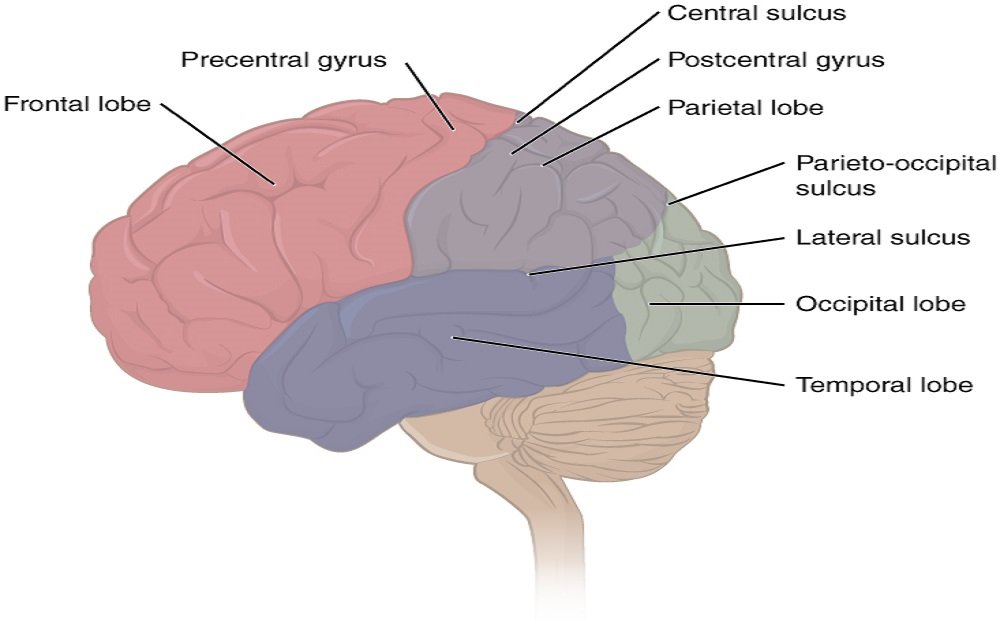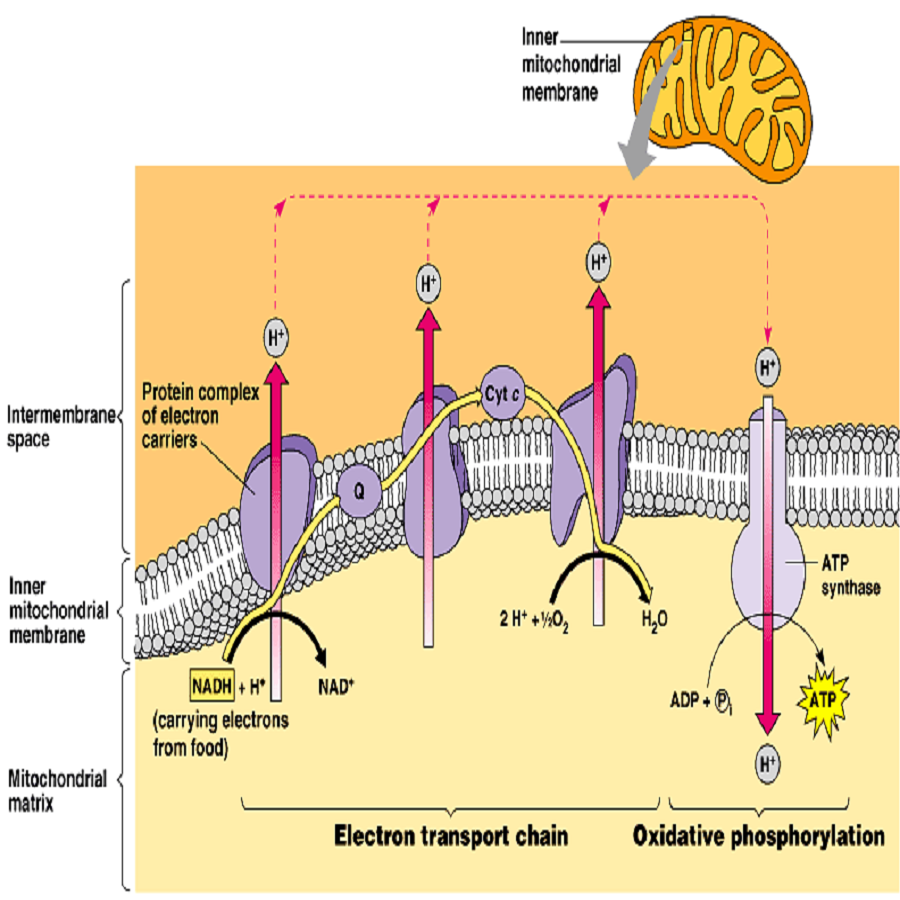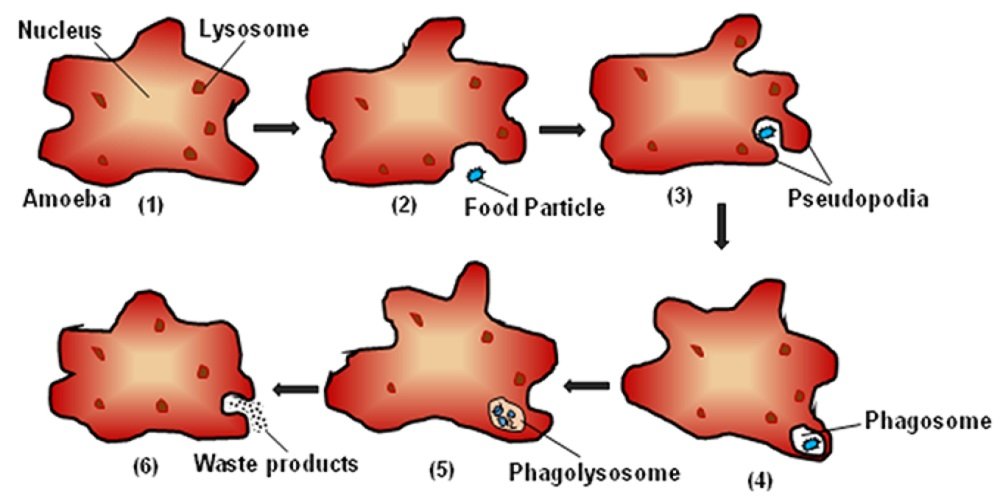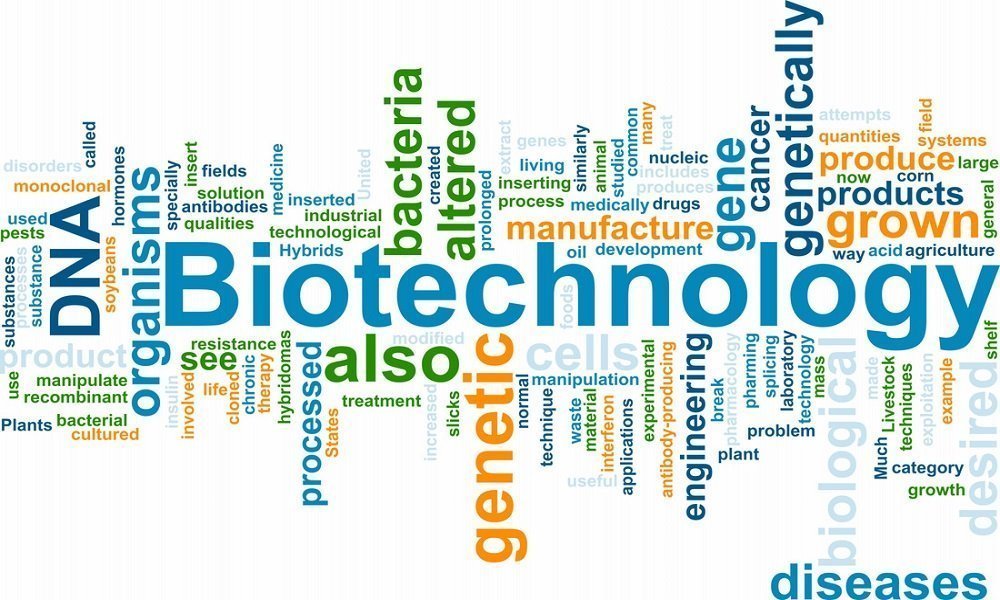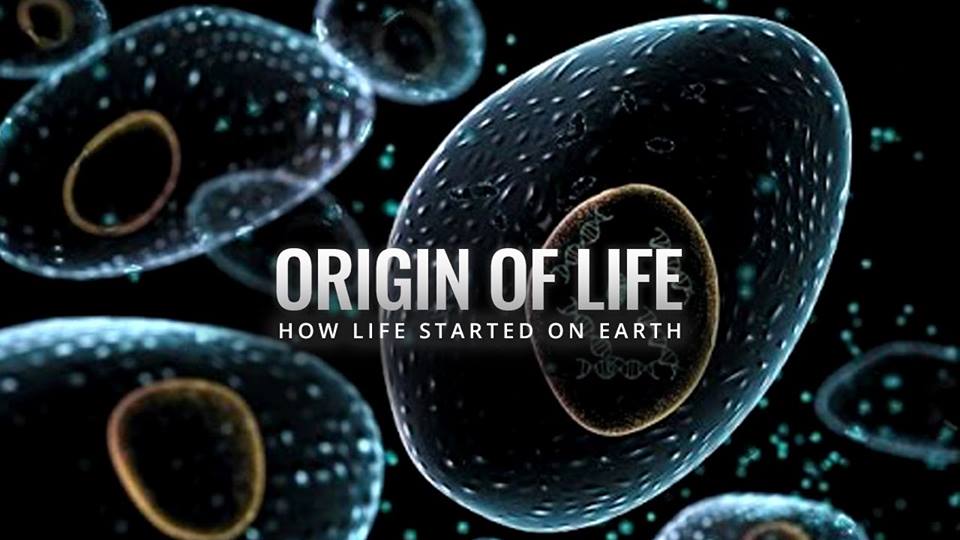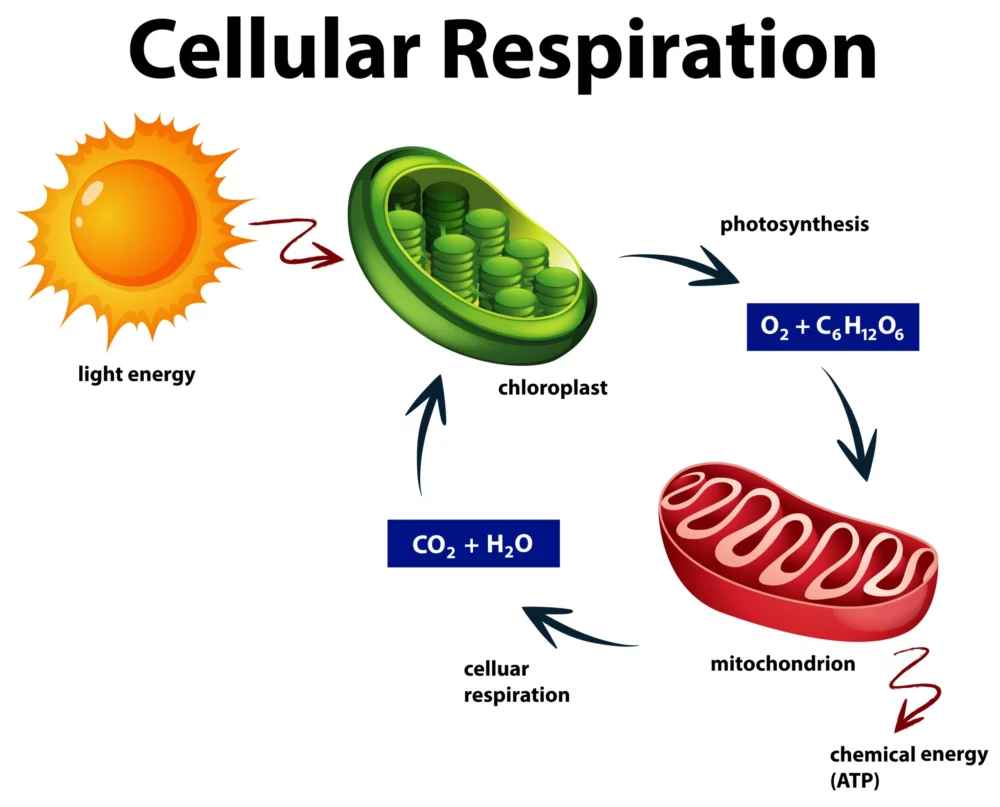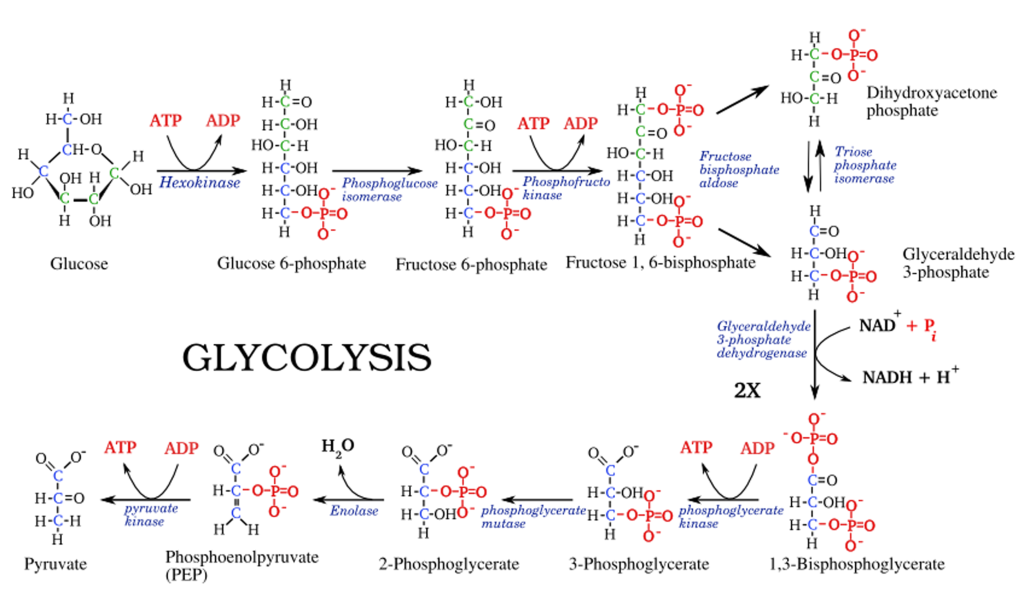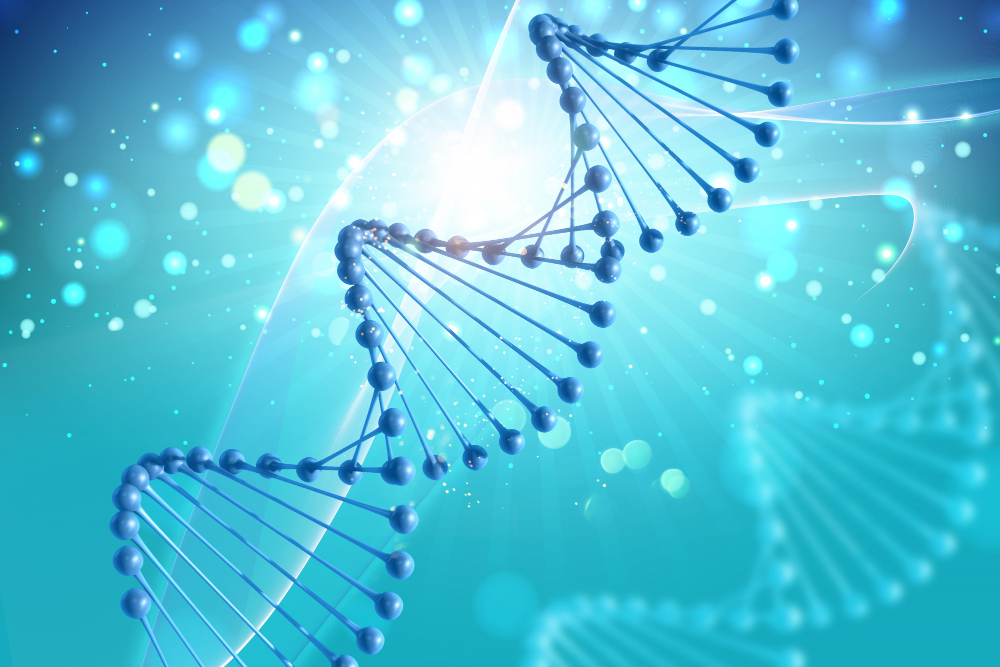Category: Biochemistry

HUMAN NERVOUS SYSTEM
The origin of human nervous system is ectodermal. The whole nervous system is divided into three parts. Central Nervous System It comprises the brain and the spinal cord. Brain Brain accommodate in the skull while spinal cord is enclosed by the vertebral column. To support brain and protect it from external pressures, it is surrounded…

OXIDATIVE PHOSPHORYLATION, ELECTRON TRANSPORT CHAIN
OXIDATIVE PHOSPHORYLATION It is the main source of energy of our cell. Takes place in Mitochondria. Movement of protons through inner mitochondrial membrane leads to ATP production DEFINITION Oxidative phosphorylation includes the coupling of the oxidation of NADH or FADH2 by the respiratory chain with the synthesis of ATP via gradient of protons across the inner mitochondrial…

DIGESTIVE SYSTEM
DIFFERENT MODE OF DIGESTION IN ORGANISMS The collective processes by which a living organism takes food which are necessary for their growth, maintenance and energy needs is called nutrition. The chemical substances present in the food are called nutrients. It is important to know the different modes of nutrition in all living organisms in order…

BIOTECHNOLOGY
The word biotechnology has come from two words, bios (meaning biology) and technology (meaning technological application). Thus biotechnology is defined as the industrial application of living organisms and their biological processes such as biochemistry, microbiology, and genetic engineering, in order to make best use of the microorganisms for the benefit of mankind. Biotechnology is applied in…

ORIGIN OF LIFE
The earth was formed about five billion years ago. At that time it was extremely hot. The existence of life in any form at that high temperature was not possible. As such, two questions arise pertaining to life: 1. How did life originate on earth? 2. How did primitive organisms evolve into new forms resulting…

ENZYMES
The global life depends on a series of chemical reactions. Most of the chemical reactions proceed too slowly on their own to sustain life. Hence catalysts are required to greatly accelerate the rates of these chemical reactions. In nature enzymes posses the catalytic power to facilitate life processes in essentially all life-forms from viruses to…
COMPONENTS OF THE CELL
The major components of the cell are cell membrane cytoplasm nucleus Cell membrane (Plasma membrane) Each cell has a limiting boundary, the cell membrane, plasma membrane or plasmalemma. It is a living membrane, outermost in animal cells but internal to cell wall in plant cells. It is flexible and can fold in (as in food vacuoles…

CELLULAR RESPIRATION
Cellular respiration is a fundamental biochemical process that occurs in all living cells, from the tiniest bacteria to the most complex multicellular organisms. It is the means by which cells convert organic molecules, primarily glucose, into adenosine triphosphate (ATP) – the universal currency of cellular energy. This intricate and highly regulated metabolic pathway is essential…

Glycolysis Pathway
Glycolysis is a crucial metabolic pathway found in all living cells, serving as the initial step in the breakdown of glucose to produce energy. This ancient and highly conserved process occurs in the cytoplasm and plays a central role in both aerobic and anaerobic respiration. In this note, we’ll delve into the details of glycolysis,…

Genetics
Genetics: Unveiling Life’s Blueprint In the realm of genetics, we dive into the complex domains of genes, heredity, and trait inheritance. This captivating field untangles the intricacies of life’s diversity and continuity. It unveils aspects ranging from eye color to susceptibility to diseases. Genes and Heredity: Genes, those DNA segments, house the instructions steering growth,…

